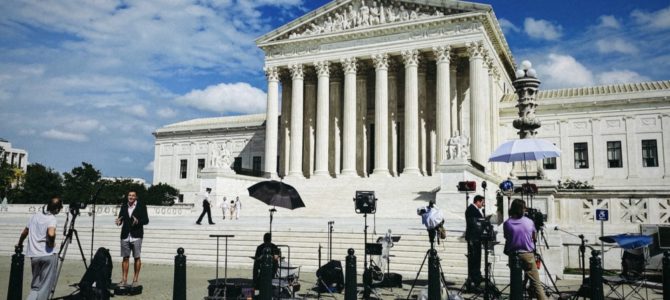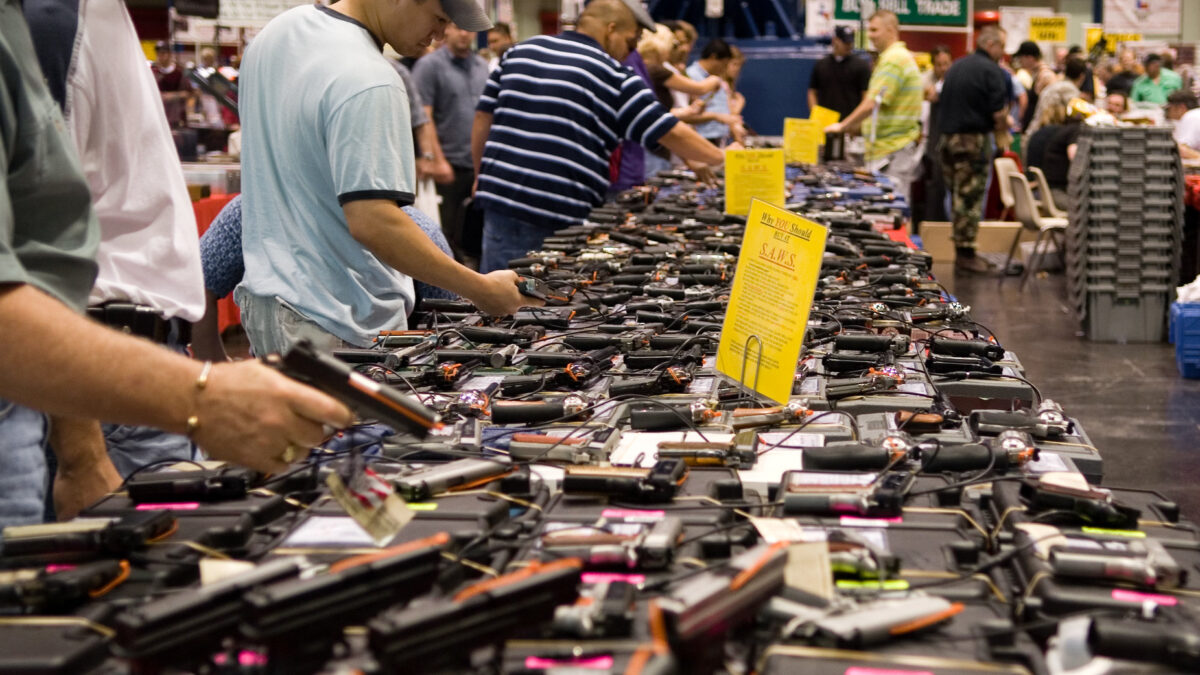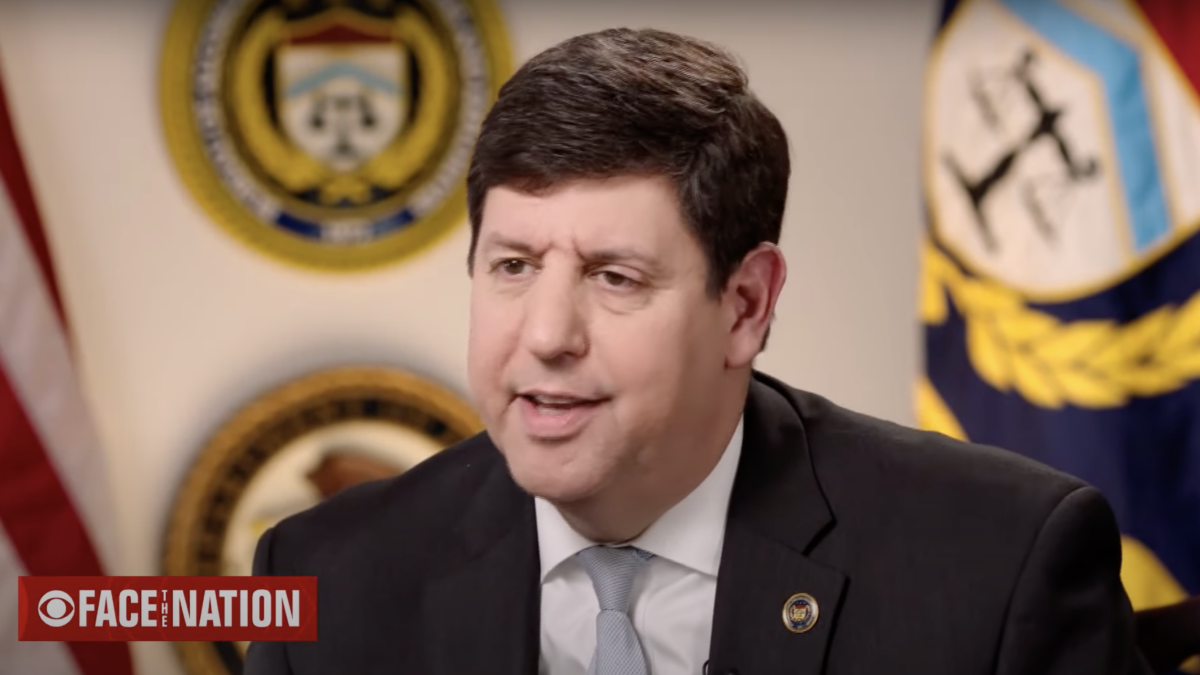
Today, for the first time in more than a decade, the U.S. Supreme Court will hear oral argument in a case involving the Second Amendment. While the appeal in New York State Rifle and Pistol Association, Inc. v. Bruen concerns the constitutionality of New York’s restrictive concealed-carry permitting system, the high court’s analysis will prove as important as the ultimate outcome.
Here’s what you need to know.
First Things First: The Second Amendment
The Second Amendment provides: “A well regulated Militia, being necessary to the security of a free State, the right of the people to keep and bear Arms, shall not be infringed.”
Although one of our first freedoms, the Second Amendment remained neglected in the realm of constitutional jurisprudence until 2008, when the Supreme Court in District of Columbia v. Heller held that the Second Amendment protects “the individual right to possess and carry weapons in case of confrontation.” The court further held that the individual right did not depend on militia service—that the “militia clause” was merely prefatory, explaining the purpose of the protection, but not limiting the right to keep and bear arms.
Two years later, in McDonald v. City of Chicago, the Supreme Court held that the Second Amendment to the Constitution “is fully applicable to the States” and “state subdivisions, such as counties and cities.
While landmark decisions, Heller and McDonald addressed very narrow questions, namely whether laws banning or regulating the possession of weapons in the home violated the Second Amendment. The court answered in the affirmative in both cases, striking the laws at issue in both cases.
Since then, the high court has kept its docket free of all Second Amendment cases, other than in 2016 issuing an unsigned order in Caetano v. Massachusetts, wherein the Supreme Court held that stun guns were protected under the Second Amendment.
Wednesday morning changes that when the justices consider Robert Nash and Brandon Koch’s challenge, in New York State Rifle and Pistol Association, Inc. v. Bruen, to New York’s refusal to issue them licenses to carry concealed handguns outside of the home.
In New York, it is illegal for individuals to openly carry handguns, and carrying concealed handguns is permitted only upon issuance by the state of a conceal-carry permit. The New York licensing scheme, however, only allows members of the public to obtain a license to carry a concealed handgun if they establish “proper cause exists.”
New York’s statute does not define “proper cause,” but to date state courts have held that applicants seeking a license to carry a concealed handgun for self-defense “must demonstrate a special need for self-protection distinguishable from that of the general community or of persons engaged in the same profession.” A generalized fear of crime, and even living in an area with high-crime statistics, is insufficient.
After the state denied Nash and Koch licenses to carry concealed handguns, they filed suit in federal court arguing that requiring them to show they had “proper cause” violated their Second Amendment rights. Both the trial court and the Second Circuit Court of Appeals rejected the argument, prompting the New Yorkers to appeal to the Supreme Court.
In seeking review by the Supreme Court, Nash and Koch asked the court to determine “whether the Second Amendment allows the government to prohibit ordinary law-abiding citizens from carrying handguns outside the home for self-defense.” However, in agreeing to hear the appeal, known as granting certiorari, the Supreme Court limited the question on appeal to “whether the State’s denial of petitioners’ applications for concealed-carry licenses for self-defense violated the Second Amendment.”
Why This Is a Big Case
While the question before the Supreme Court is narrow, the case is significant for two main reasons.
First, under either framing of the question on appeal, the initial question the justices must decide is whether the Second Amendment protects an individual’s right to keep and bear arms outside of the home. Because Heller and McDonald both concerned laws prohibiting or regulating guns within the home, at least five circuits have used that fact to hold Second Amendment protections do not extend beyond the threshold.
The Supreme Court now can correct that illogical conclusion—illogical given that the Second Amendment speaks of the right to both “keep” and “bear” arms, the latter of which most reasonably occurs outside the home.
Second, since Heller and McDonald, the lower courts have applied myriad different standards in judging the constitutionality of laws affecting Second Amendment rights, and for a simple reason: The Supreme Court has failed to clarify the controlling standard.
As a result, the federal appellate courts have crafted their own standards. For instance, the Second Circuit and the D.C. Circuit have both held that the relevant question is whether the government has established a “substantial relationship” between the regulation and “an important state interest.” In the law, the “substantial relationship” with “an important state interest” standard is called “intermediate scrutiny.”
Other courts and commentators suggest strict scrutiny should apply and that the government must have a compelling reason to ban or regulate protected weapons and that the law must be narrowly tailored to achieve that end.
The Seventh Circuit devised a different test for the Second Amendment, reasoning that, “instead of trying to decide what ‘level’ of scrutiny applies, and how it works,” it is more appropriate “to ask whether a regulation bans weapons that were common at the time of ratification or those that have some reasonable relationship to the preservation or efficiency of a well-regulated militia, and whether law-abiding citizens retain adequate means of self-defense.”
Other courts have adopted different standards based in part on the law being challenged.
In New York State Rifle & Pistol Association, the Supreme Court has the opportunity to clarify the standard under which laws affecting Second Amendment rights will be judged. Today’s oral argument will likely include a focus on that question, with the justices peppering lawyers with questions concerning how to reconcile governmental regulations with the Second Amendment’s declaration that the right to keep and bear arms “shall not be infringed.”
What governmental interests suffice and under what circumstances will likely be the subject of other questions. Watch also for Justice Clarence Thomas, who seems to have found his tongue of late, to call for a focus on the Second Amendment’s text, history, and tradition, as opposed to any judicially invented standards of review.
It will be many months before we know the outcome of the case. But for now, the hearing will provide a gauge of the justices’ views on the appropriate standard under which to judge laws challenged under the Second Amendment.









